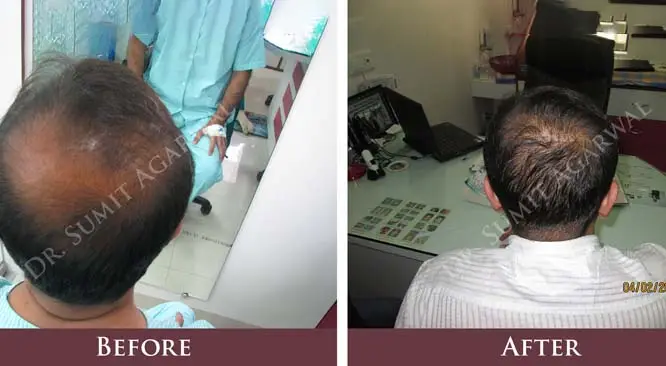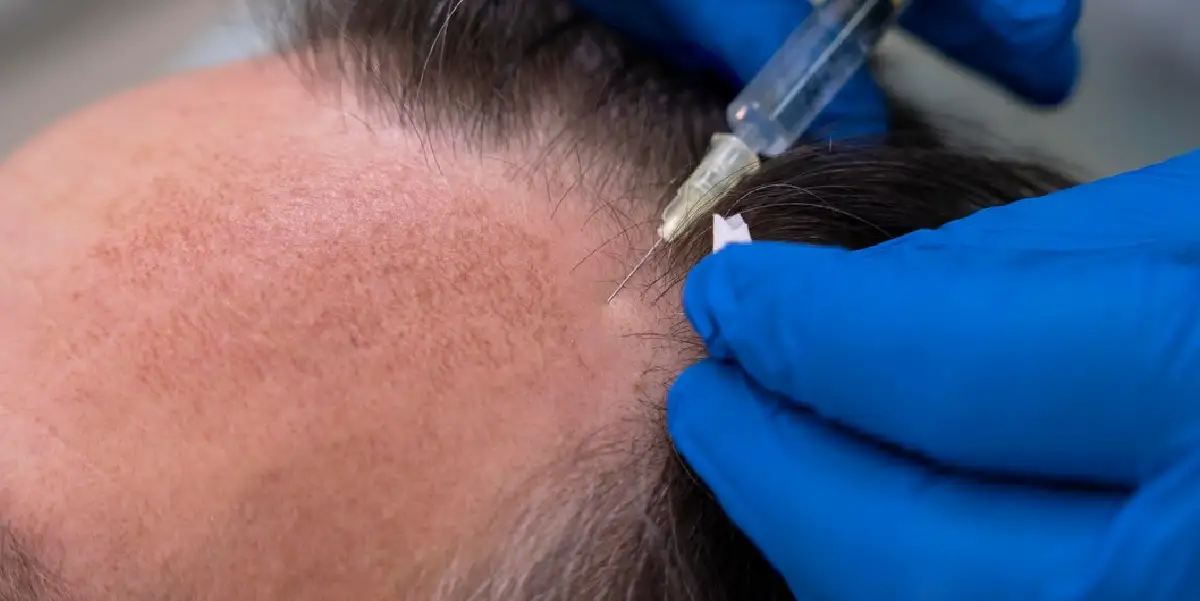Important Questions About Hair Transplant Surgery
- By Harleys Clinic
- Aug, 19 2015
With every style of health-related treatment, the more you already know the better results you’ll be able to produce. And just like another kind of procedure, this is also applicable to hair transplants. The times are long when people didn’t used to take care of their bodies. Now, the things have changed drastically and a majority of people want to know more about their physical condition and improve it as much as possible.
An educated and knowledgeable individual is now aware about his/her health condition, which could only be beneficial. No one can know about one’s health than the person himself. If you’re aware of your health condition then it’s easy for surgeon also to deliver better results. However, many people still have little information about hair transplant treatment. Here are some FAQ (Frequently Asked Questions) that will help you to understand hair transplant procedure.
- From where will the hair come?
Unlike other surgeries, the patient is himself/herself the donor in hair transplant procedure. The hair is taken from the scalp’s areas known as donor sites.
- What’s the location of these donor sites?
Donor sites are those areas on the patient’s head that haven’t witnessed any hair loss or hair thinning. In majority of hair loss cases, a person loses hair on top area of their head, but quite rarely the hair sheds from the sides. Therefore, the side and back of the scalp are the areas from where the hair is taken for use, along with the follicles and tissue.
- Does the donor site decide a good candidate for the treatment?
Certainly, it is the most crucial requirements to determine whether or not a person is eligible for the hair transplant treatment. You must understand the facts the hair, tissue and follicles are taken away from the donor are, but there will not be any bald patch of the donor site as the hair transplant surgeon will stitch the areas carefully and the difference will be hardly visible.
After the extraction of the donor hair is completed, transplantation process takes place. The hair is attached to the tiny slots made by hair transplant surgeon. A graft incorporates a number of hair follicles, but not more than four.
- Is it important to consider hair density?
Hair density can be described as the number of hair follicles you’ve got for every square centimetre of scalp. Extra hair grafts can be performed when hair density and scalp laxity is high.
- Does the natural hair growth affect hair transplantation?
Hair won’t all grow in just one way. It grows in various directions on different areas of a scalp. It is quite important that hair transplant in Mumbai by an expert surgeon so that it grows in the right direction.






